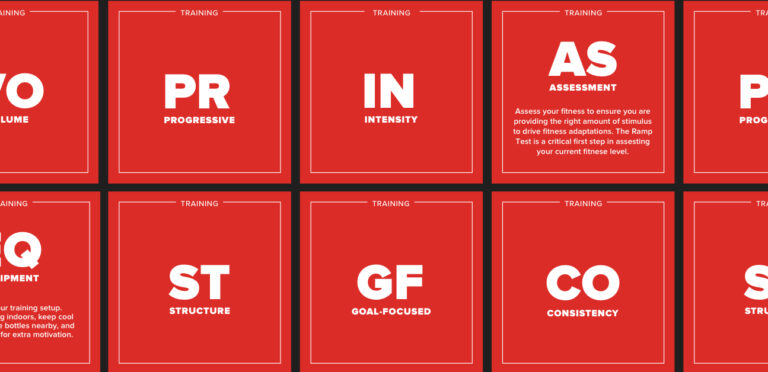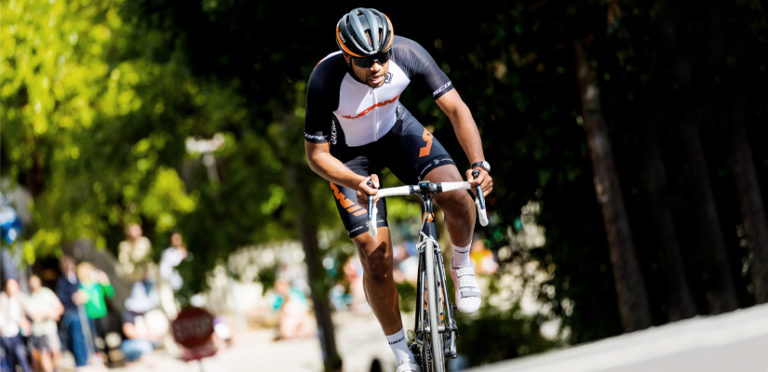The Training Elements of Getting Faster are ten training principles, that when actively applied to your training, can help you get faster and make the most of your hard work.


The Training Elements of Getting Faster are ten training principles, that when actively applied to your training, can help you get faster and make the most of your hard work.

Here at TrainerRoad, structured training is at the heart of everything we do, and we get a little defensive when we hear some of the misconceptions about structure. Let’s set the record straight.

Every cyclist has strengths and weaknesses. The good news is that specific types of fitness are highly trainable. How do you use a power curve to discover what you’re good at, what needs work, and what can you do with that information?

Interval training is the best way to become a faster cyclist. By selectively training specific energy systems, you can make the most of your training time. With so many types of intervals, choosing what to do can be a bit overwhelming. In this article, we’ll cover the ins and outs of interval training.

Schedules change all the time. Sometimes life happens, and you find yourself with minimal time to train. At other times, you find yourself with tons of time for training. Whether you have extra or minimal time, you can make the most of the time you have to maintain or increase your fitness.

Structured training, in its most effective form, is both periodized and progressive. To get faster, your hard work needs to stimulate specific, physiological adaptations. Training periodization divides your season into distinct phases so that your hard work pays off.

For many cyclists, short, high-intensity efforts are fairly comfortable and cause little fatigue. These riders may be tempted to train only with short intervals, even if their goal events require more sustained power. For reasons both physiological and psychological, this isn’t the most beneficial path.

When you have extra time to train, you can enhance your training plan with additional workouts and maintenance activities. Adding extra training can be beneficial when added appropriately.

Training and pacing tips for your first century, tips to find the optimal bike fit for power and aerodynamics, how to stay dedicated on your diet for consistent weight loss and more in Episode 254 of the Ask a Cycling Coach Podcast.

When you don’t have events on the Calendar, attempting to get the fastest time on a Strava segment can be a fun and motivating training goal. As long as you can do it safely and in compliance with your local ordinances, here are some tips to help you grab that KOM or QOM.